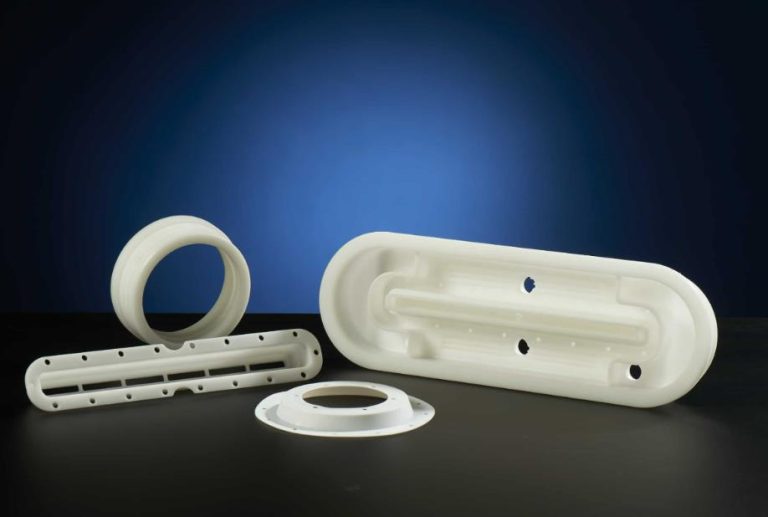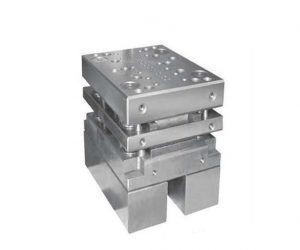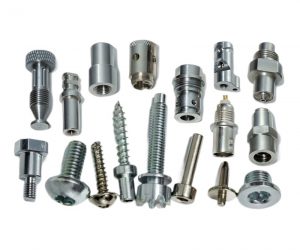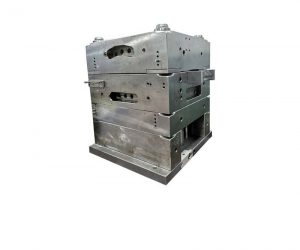With the continuous advancement of processing technology and production equipment, plastic molds have begun to use plastic materials as raw materials. These thermoplastic/thermosetting plastic products are increasingly being used in various fields of production and life through different production and processing technologies, such as hollow molding. Plastic molds are widely used in various industries, such as light industry machinery, agricultural and forestry transportation, etc.
In the field of light industry machinery, plastic molds are widely used to manufacture various plastic products, such as home appliance casings, automotive parts, toys, etc. Because plastic materials are lightweight, corrosion-resistant, and easy to process, plastic molds can achieve higher production efficiency and reduce costs during the production process. In addition, plastic molds can be customized according to product requirements to meet the special needs of different industries.
In the field of agricultural and forestry transportation, plastic molds also play an important role. For example, plastic molds can be used to manufacture components of agricultural machinery, such as tractor seats, instrument panels, etc., as well as components of forestry transport vehicles, such as pallets, containers, etc. These plastic products not only have good wear resistance and impact resistance, but also are lightweight, easy to carry and install. In addition, plastic molds can be customized according to the special needs of agriculture and forestry, improving the practicality and durability of products.
In short, with the advancement of processing technology and production equipment, plastic molds have been widely used in various industries. Plastic molds can not only improve production efficiency and reduce costs, but also meet the special needs of different industries. In the future development, plastic molds will continue to play an important role and provide strong support for the production and development of various industries.
1、 The domestic production and demand contradiction of high-grade plastic mold products is prominent
There is a significant gap between China's mold industry and the world's advanced level in terms of quantity, quality, and technological capabilities. So, our products are mainly focused on the mid to low end market. This has led to an increasing import volume of mold products in China in recent years. Although overall, the import and export of China's mold industry is still balanced, we have to import high-end mold products that are large-scale, high-precision, complex, and durable every year. This has had some adverse effects on the development of major industries in China, such as automobiles and home appliances.
2、 The average sales volume of mould manufacturing enterprises is low
The mold industry is not a standardized industry. The core of molds lies in the rationality of design concepts and structures. This is a field with strong innovation, high technological content, strict precision requirements, and large value-added space. Because each mold is a highly personalized customized product, there are significant differences between different molds, so molds are mainly customized according to needs.
In addition, the service life of molds is very long, and a set of molds can produce thousands of plastic products. Therefore, downstream manufacturing enterprises have little demand for mold products, resulting in low sales volume for mold enterprises. According to data from the China Mold Industry Association, there were approximately 20000 mold manufacturing enterprises and factories in China in 2011. Based on the total sales revenue of the mold industry in 2011, which was approximately 56 billion yuan, the average annual sales revenue of enterprises in the industry does not exceed 3 million yuan. The average production capacity is relatively small, and the industry concentration is not high.
3、 There is still a big gap between the technical level of plastic mold industry and that of developed countries
The transformation of China's mold industry from traditional workshop operations to modern, technology-supported enterprises is a testament to its commitment to growth and excellence. This evolution has been driven by the integration of advanced technologies like computer-aided design (CAD) and computer-aided manufacturing (CAM), which have enhanced precision and efficiency in mold production. Automation and robotics have further boosted productivity and consistency, allowing skilled workers to focus on more complex tasks.
Additionally, the adoption of new materials and advanced manufacturing techniques, such as additive manufacturing (3D printing), has opened up new possibilities for rapid prototyping and customization. Education and training have played crucial roles in this transition, with upskilling programs ensuring that the workforce can handle the complexities of modern mold making. Collaborations between industry players, academic institutions, and research organizations have also facilitated knowledge exchange and technological advancements.
As a result of these efforts, the Chinese mold industry has seen substantial improvements in its technical level. The quality and precision of molds have increased, leading to higher customer satisfaction and expanded market opportunities. The industry's ability to innovate and adapt to changing demands has positioned it as a competitive force on the global stage.
4、 High regional concentration
The development of the mold industry requires support from upstream and downstream industries, especially closely connected to downstream manufacturing. Mold products are intermediate products, and their main customers are end product manufacturers in downstream manufacturing industries.
Therefore, Chinese mold companies are mainly concentrated in the Yangtze River Delta, Pearl River Delta, and other developed manufacturing regions. Among them, the mold industry in Guangdong, Shanghai, Jiangsu, Zhejiang, Shandong and other provinces and cities is relatively developed, and the output value of these places accounts for the majority of China's mold industry.
The plastic mold industry is a widely used and essential part of the manufacturing sector. It involves the production of molds and tools used to shape plastic products of different shapes, sizes, and complexity. Despite its importance, it can be challenging to make money in the plastic mold industry due to several reasons. Here are some of the reasons why it is difficult to make money in the plastic mold industry:
- High competition: The plastic mold industry is highly competitive, with many manufacturers offering similar services. This competition drives down prices and makes it challenging for businesses to generate a healthy profit margin.
- High cost of materials and equipment: The cost of materials and equipment used in plastic mold manufacturing is significant, making it challenging to maintain profitability. High-quality materials and advanced equipment are necessary to produce high-quality molds, but the cost of these resources can be prohibitive.
- Short product life cycle: The product life cycle in the plastic mold industry is relatively short. The molds and tools produced today may not be relevant or in demand in a year or two, making it difficult to maintain a steady stream of revenue.
- Long lead times: The production of plastic molds can take a long time, with lead times of several weeks or even months. This can result in missed opportunities and lost business.
- High labor costs: The skilled labor required in the plastic mold industry can be expensive. Skilled technicians, engineers, and designers are essential to produce high-quality molds, but their salaries can be a significant expense.
- Quality control issues: Quality control is critical in the plastic mold industry. Even a small defect or error in the mold can lead to significant problems in the final product. Ensuring quality control throughout the manufacturing process can be expensive and time-consuming.
The plastic mold industry plays an important role in the manufacturing industry. But making money is not easy because competition is too fierce, material and equipment costs are high, product lifespan is short, production cycles are long, labor costs are high, and quality control is also a big issue. However, as long as these challenges can be solved and high-quality products and services can be provided, enterprises can still thrive in this industry.





